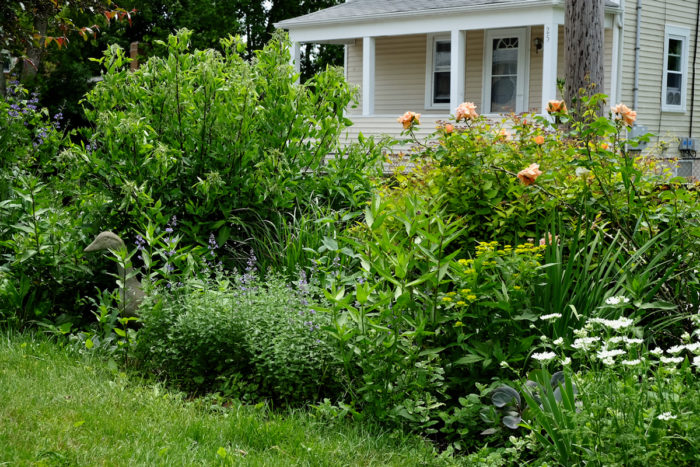
June makes gardening look easy. If the heat and humidity hold off, we’ll barely have to break a sweat to accomplish the most urgent tasks: to stop and smell the roses and accept compliments. But a few additions to the to-do list will reward you with a bumper crop of beauty well into the more challenging months of high summer and fall.
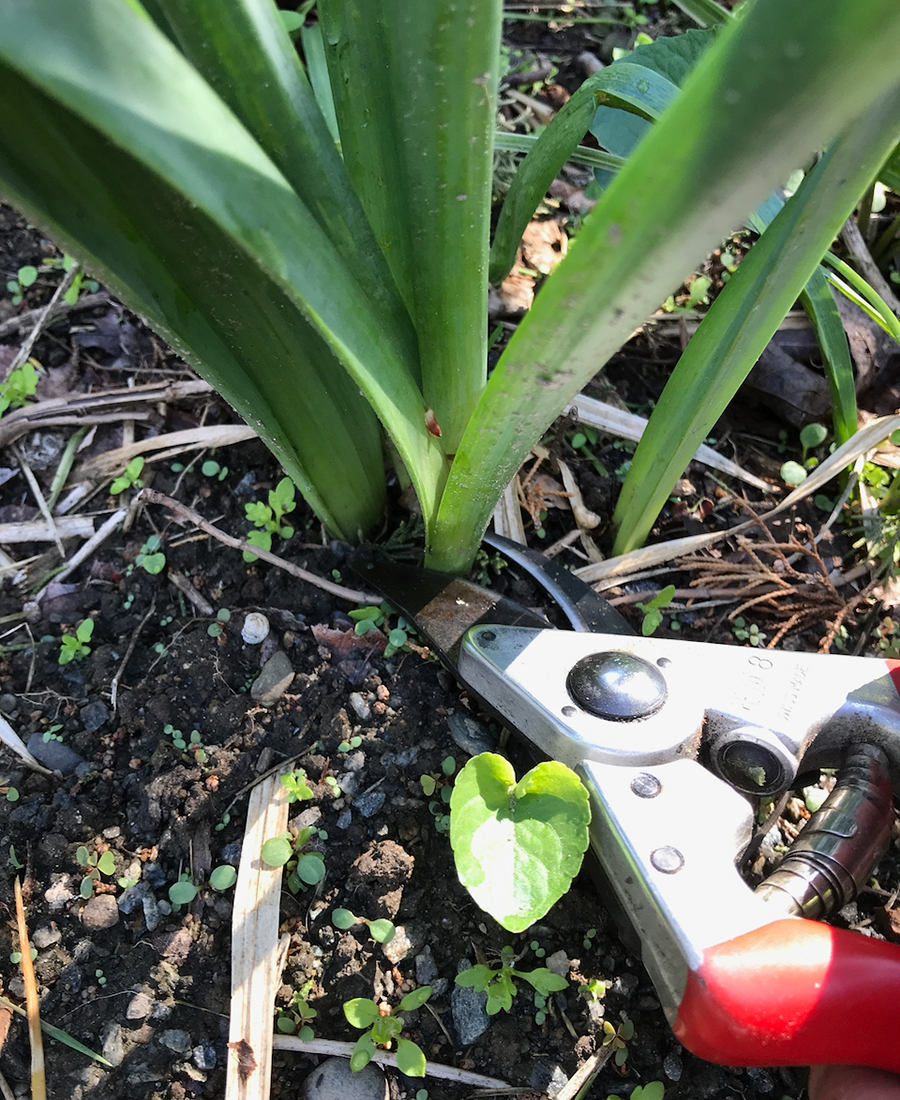
Tidy up spent spring-bulb foliage. We know to leave daffodil foliage alone to photosynthesize and feed the bulb. But once it has yellowed, it has done its job and should yank out easily. Even if it’s still green, you can cut it off safely at the ground six weeks after bloom.
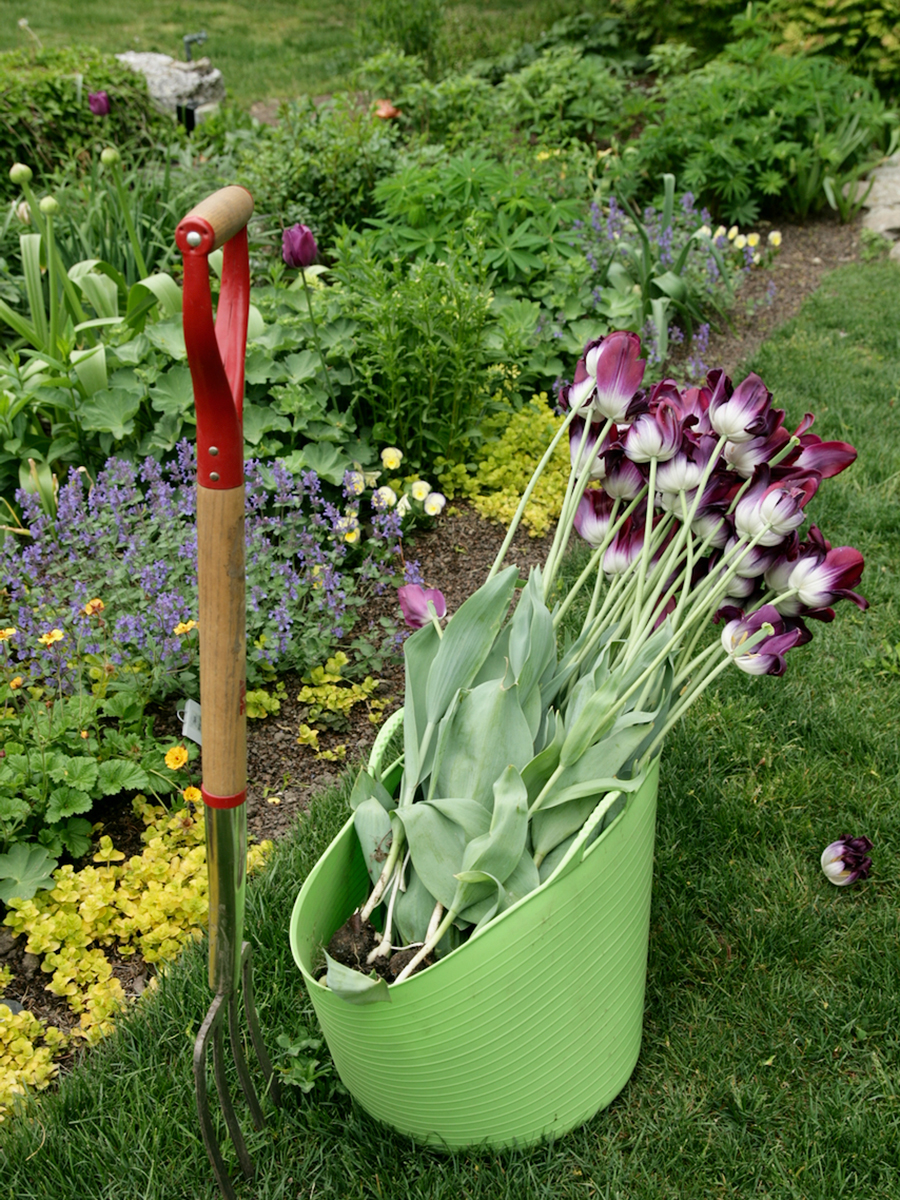
Lift tulip bulbs. Most tulip bulbs diminish in size and flower power after a couple of seasons and may be treated differently from other spring-flowering bulbs. Lifting tulips will open spaces perfect for planting tender perennials and/or sowing seed annuals. Use a digging fork to get under the bulbs and lever them to the surface. Cut off stems and foliage, and spread the bulbs out to dry for a couple of days before storing them in paper bags down in the cellar for the summer for replanting—or replacing—in fall.

Plant dahlia tubers or sprouted starts now. Set dahlia (Dahlia spp. and cvs., Zones 7–11) tubers horizontally about 4 inches below the soil’s surface, with their eyes to the sky. If no sprouted eyes are visible, don’t worry; they’ll find their way. If you started your dahlias in containers, gently release them and plant them to the same depth as they were in the pot. Pound stakes in alongside any dahlias that will need support later in the season. For a less structured, wild look, use small-caliper branches saved from early spring tree pruning.
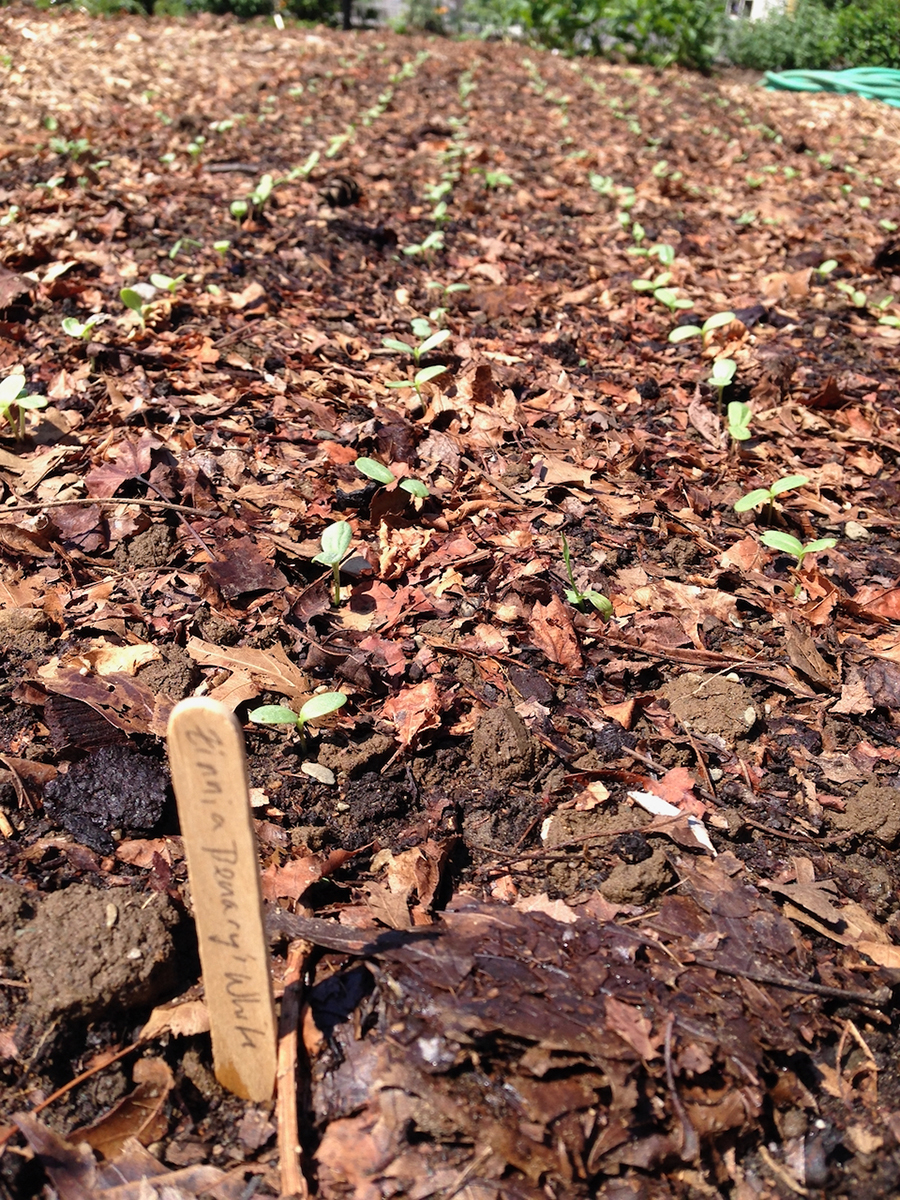
Sow annuals. Sow a succession of quick-to-germinate seed annuals such as zinnias (Zinnia spp. and cvs.) and cosmos (Cosmos spp. and cvs.) every week or two into July for constant color from August into fall. Water daily, particularly prior to germination, and cover with a light scrim of mulch to prevent evaporation.
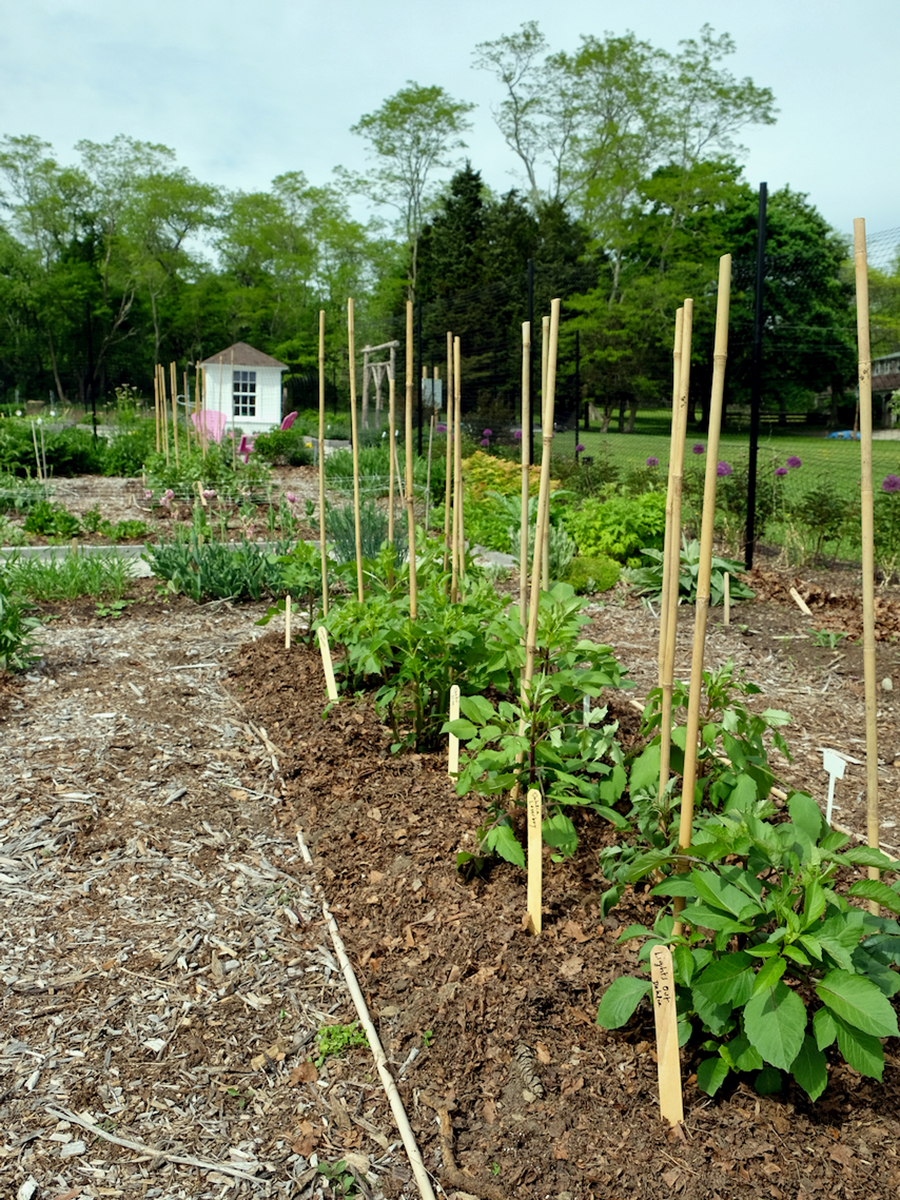
Mulch your beds. Spread a thicker layer of mulch (1 to 2 inches) over any bare soil after planting to conserve moisture throughout the hottest and driest days of summer. Avoid using bark mulch in the garden because it becomes impenetrable and hydrophobic over time and inhibits seed germination. Shredded leaves allow new growth to emerge and rain to penetrate, and they eventually break down to add organic matter to the soil. Buckwheat-hull mulch is a lightweight, elegant choice for gardeners with room in their budget. Aside from expense, buckwheat hulls’ only liabilities are their susceptibility to high winds and washout on sloped gardens.

Replace spring container plantings with a summer display. Try one plant or species per pot, which will allow you to easily rotate bloomers in and out of the spotlight. If your preference is for mixed containers, group plants with similar cultural requirements (sun and moisture) for optimal health, and resist the urge to overplant.
June is fabulous, but don’t let it win the contest for best month ever. A little planning ahead and attention to detail now will extend your garden’s peak well beyond summer. (My money’s on September.)
—Kristin Green is the author of Plantiful: Start Small, Grow Big With 150 Plants That Spread, Self-Sow, and Overwinter. She gardens in Bristol, Rhode Island.


















Comments
Log in or create an account to post a comment.
Sign up Log in